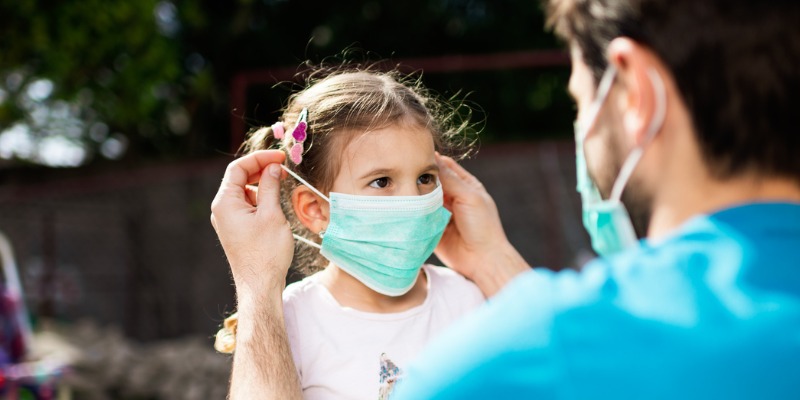Nova Scotia government closed schools even after reality of COVID became clear

It’s cold and flu season again, which means kids will catch viruses including COVID-19. During the pandemic, the Nova Scotia government closed schools for 125 days, longer than any other province (except Ontario). And that number doesn’t include regional and individual school closures, or time lost when any child had the sniffles. Yet there was never any good evidence that school closures would stop transmission of COVID-19, which we knew early on posed almost no risk to children.
Were government officials well-intended, doing the best they could with no information? Perhaps, in the spring of 2020 when there was a great deal of uncertainty. But after the data rolled in showing the age distribution of COVID-19 impacts, it was very hard to make that argument. In fact, by December 2020, a large body of research showed that children represented two per cent or less of diagnosed COVID cases, and that cases in children were overwhelmingly mild and fatalities were very rare (usually accompanied by other conditions contributing to death). Yet provincewide, schools were closed on and off until January 2022.
But even if you thought COVID posed a risk to students, did school closures reduce COVID transmission? Most of the studies examining this question produced ambiguous results with low confidence in research quality. But pre-2020 research on influenza spread in schools offered no consensus on the expected benefits of school closures. More pertinent data based on SARS, MERS and early COVID suggested school closures were inappropriate. But again, the government in Halifax closed schools anyway.
One thing’s for certain—we knew that missed classroom time results in learning loss with life-long impacts including a reduction in lifetime earnings. And according to research, school closures compound absenteeism (some kids stopped attending school altogether) and adversely affect student achievement and social progress. But the government closed schools anyway.
It will take decades to fully understand the impact of school closures on Nova Scotian kids. But a preliminary look at student test scores on provincewide assessments shows notable declines.
Across all grades in reading and math, the share of Nova Scotia students meeting the provincial expectation declined following the COVID school closures. More specifically, between 2018-19 and 2021-22, the share of students meeting the provincial expectation in math dropped by 10 per cent in grades 3 and 6, 12 per cent in Grade 8, and 11 per cent in Grade 10.
Children bore a huge burden due to the government’s COVID policies. Compared to older Canadians, youth mental health was hit harder, and the impacts are lasting longer. According to a Statistics Canada survey in Ontario, for young people the top concern was not the virus, but isolation and loneliness.
Moreover, both the Mental Health Commission of Canada and Toronto’s Centre for Addiction and Mental Health (CAMH) found the youngest demographic experienced the highest levels of self-perceived poor mental health during the pandemic and the highest levels of moderate to severe anxiety, which peaked in January 2022.
The government in Halifax knew that missed classroom time has lifelong consequences. But during COVID, in the government’s eyes, children were the forgotten demographic. Let’s not make that mistake again.

